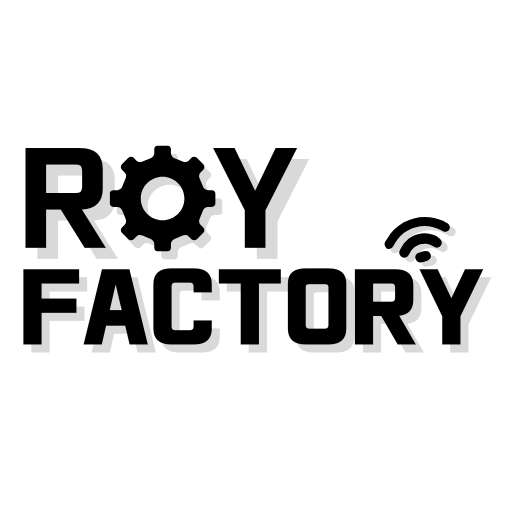LangGraph: Build Multi-Turn AI Workflows with Graph Logic
LangGraph: Build Multi-Turn AI Workflows with Graph Logic
As AI agents become more complex and conversational, traditional linear workflows just don’t cut it anymore. Enter LangGraph — a powerful new framework that lets developers define graph-based, stateful AI workflows that support branching, looping, and conditional logic.
Built on top of LangChain, LangGraph brings structure, clarity, and flexibility to how you build AI-powered applications.
1. What is LangGraph?
LangGraph is an open-source framework created by the LangChain team. While LangChain focuses on chaining components in a sequence (like “A → B → C”), LangGraph lets you build agent systems as graphs where each node is a function or task, and edges define how data flows between them — even conditionally.
Think of LangGraph as a finite state machine for LLMs. It’s perfect for designing complex AI workflows with:
- Multiple turns of dialog
- Conditional branches
- Loops or retries
- Shared memory or persistent state
2. Why LangGraph Over LangChain?
While LangChain’s Chain abstraction is great for straightforward tasks, it starts to feel restrictive when your agent grows in complexity.
Here’s why you might want LangGraph instead:
| Feature | LangChain | LangGraph |
|---|---|---|
| Sequential Flow | Yes | Yes |
| Conditional Branching | Manual workaround | Built-in support |
| Looping | Difficult | Easy |
| Shared State | Limited | Centralized State |
| Workflow Visualization | No | Graph-based model |
LangGraph gives you stateful control, meaning every node receives and updates a shared state dictionary — making long-running or memory-aware agents much easier to build.
3. Key Concepts of LangGraph
Before we dive into code, here are some important concepts in LangGraph:
- State: A Python dictionary that is passed and updated at each node. Think of it as memory.
- Node: A function or task that operates on the state.
- Edge: Connection from one node to the next — can be conditional.
- Graph: The whole structure tying it all together.
4. Python Example: A Simple Looping Agent
Let’s build a small LangGraph example:
Goal
A simple chatbot that:
- Accepts a user message
- Responds via an agent
- Checks if the user wants to continue
- Loops or ends accordingly
Code
from langgraph.graph import StateGraph, END
from langchain_core.runnables import RunnableLambda
# Initial state
state = {
"messages": [],
"continue": True
}
# Node: User input (hardcoded for demo)
def add_user_message(state):
state["messages"].append({"role": "user", "content": "What is LangGraph?"})
return state
# Node: Agent response
def agent_response(state):
state["messages"].append({"role": "agent", "content": "LangGraph is a workflow framework for multi-turn agents."})
return state
# Node: Continue?
def check_continue(state):
# In a real app, this would be dynamic
state["continue"] = False # Stop after one loop for demo
return "continue" if state["continue"] else "end"
# Build graph
builder = StateGraph(state)
builder.add_node("add_user", RunnableLambda(add_user_message))
builder.add_node("agent", RunnableLambda(agent_response))
builder.add_node("check_continue", RunnableLambda(check_continue))
builder.set_entry_point("add_user")
builder.add_edge("add_user", "agent")
builder.add_edge("agent", "check_continue")
builder.add_conditional_edges("check_continue", {
"continue": "add_user",
"end": END
})
# Execute
graph = builder.compile()
final_state = graph.invoke(state)
# Print result
for msg in final_state["messages"]:
print(f"{msg['role']}: {msg['content']}")
Output
user: What is LangGraph?
agent: LangGraph is a workflow framework for multi-turn agents.
This is a minimal demo. In real applications, nodes can call tools, APIs, or even other agents.
5. Real-World Use Cases
LangGraph shines when you need structured, dynamic workflows in your AI applications. Here are some ideas:
- Customer service bots: Diagnose issues → offer solutions → escalate if needed
- Multi-agent teams: Researcher → Writer → Editor loop
- Task managers: Ask user → prioritize → plan → review
- Educational tutors: Quiz → feedback → retry → summary
By structuring your workflow as a graph, you get full control over dialog logic — without resorting to spaghetti code or complex conditionals.
6. Challenges and Considerations
LangGraph is powerful, but not a silver bullet. Consider these:
- Debugging logic flow: Graphs are easier to manage than code, but you’ll still need good observability.
- State management: Complex graphs = complex state dictionaries.
- Cost: If each node uses LLM calls, be mindful of tokens and latency.
Still, for most agentic applications, the clarity and modularity are worth it.
7. Conclusion: Is LangGraph Worth Learning?
If you’re building multi-step, dynamic AI applications, LangGraph is absolutely worth learning. It brings composability and clarity to LangChain, making it ideal for agent systems, AI workflows, and smart assistants.
Whether you’re designing a looped conversation, a conditional planner, or a collaborative agent pipeline — LangGraph gives you the building blocks you need.
